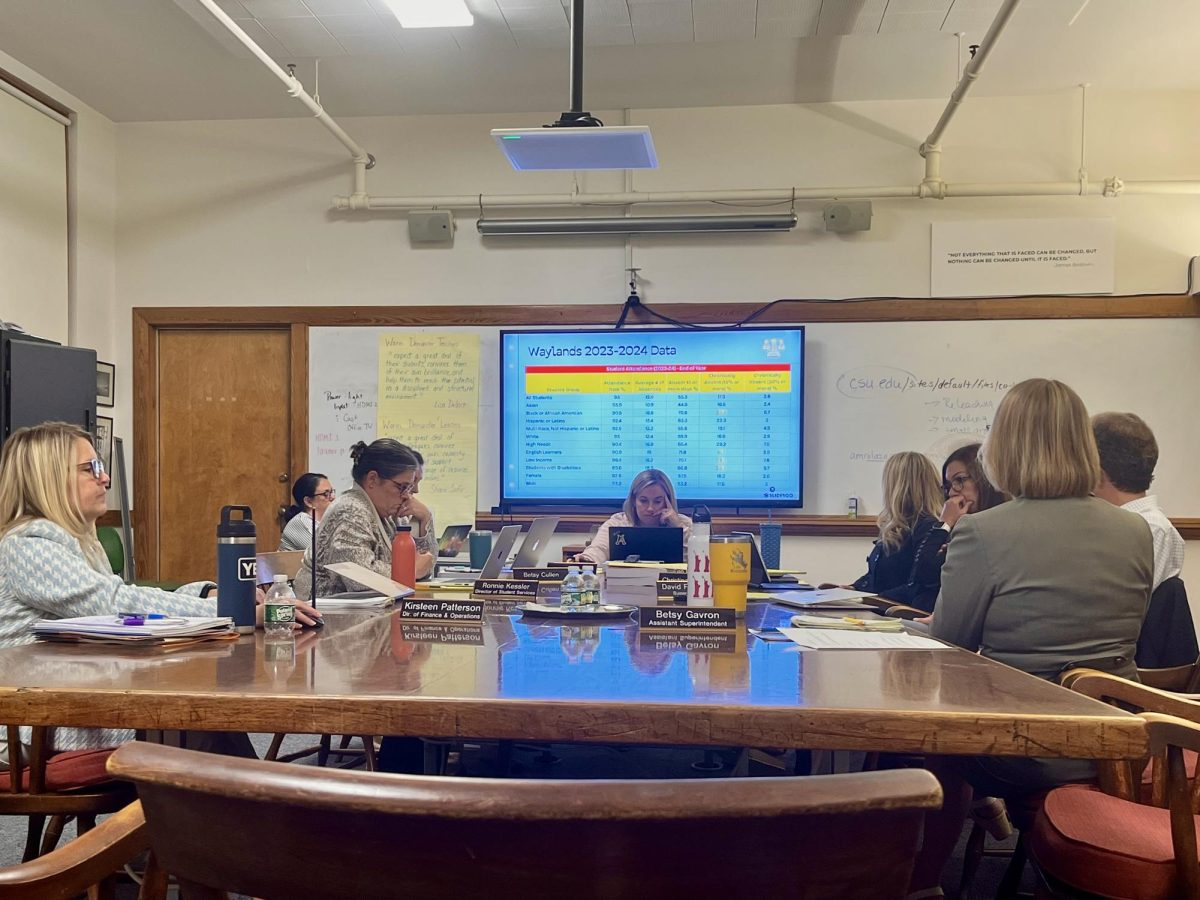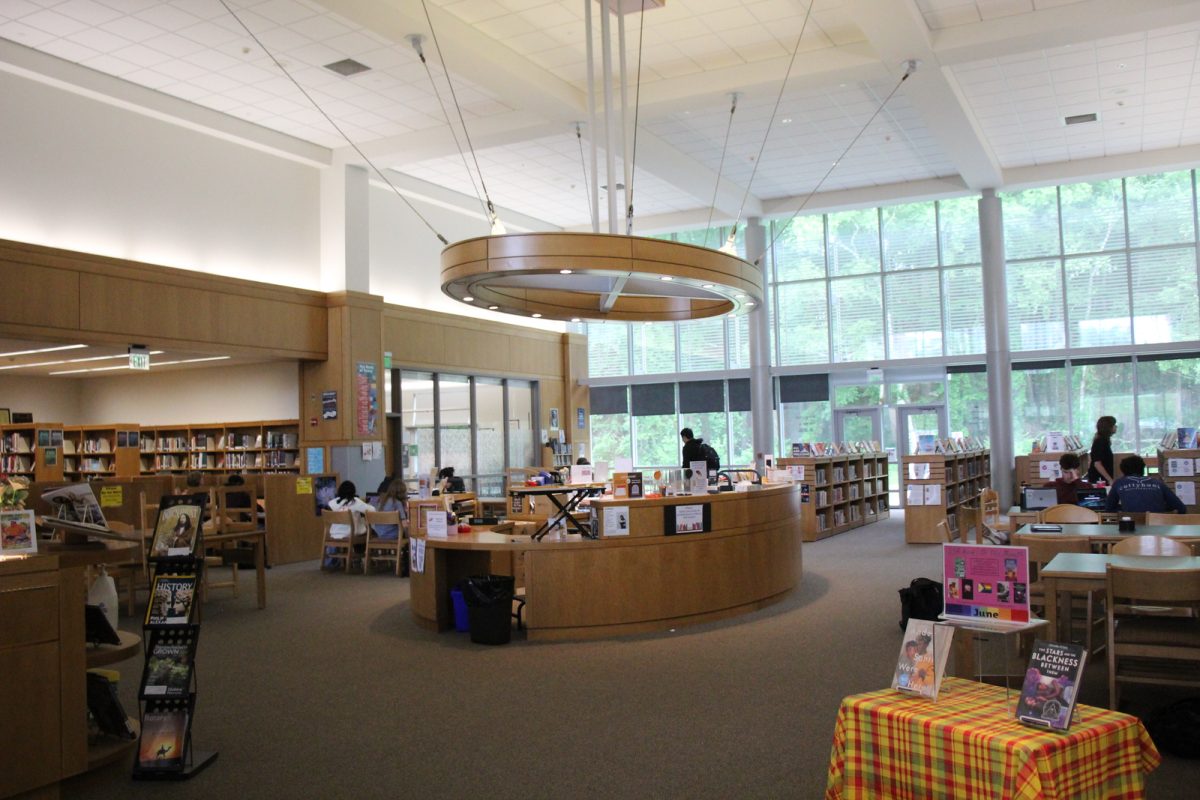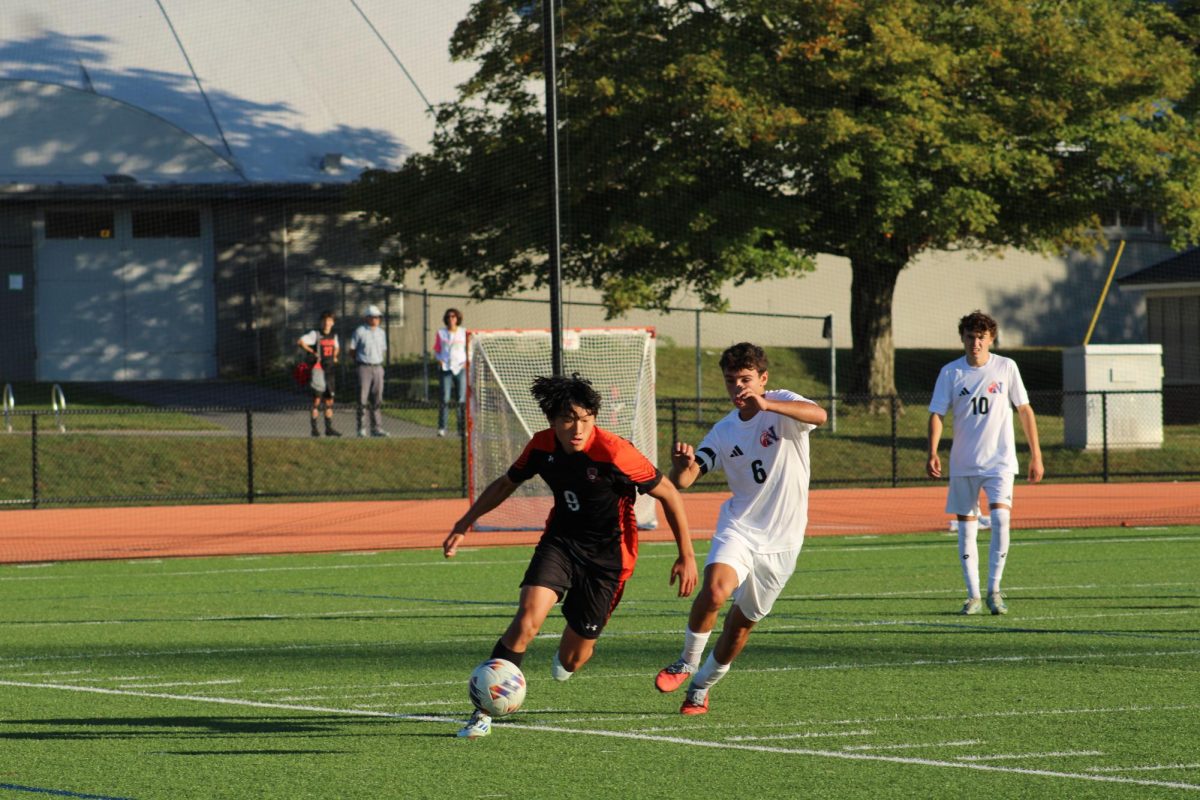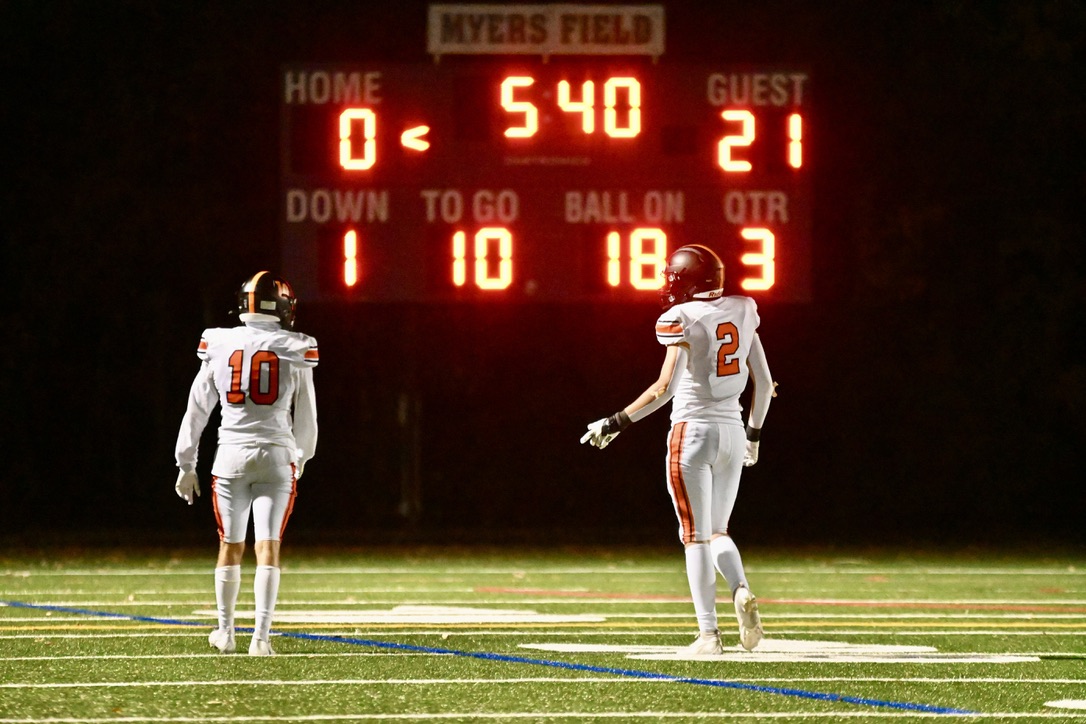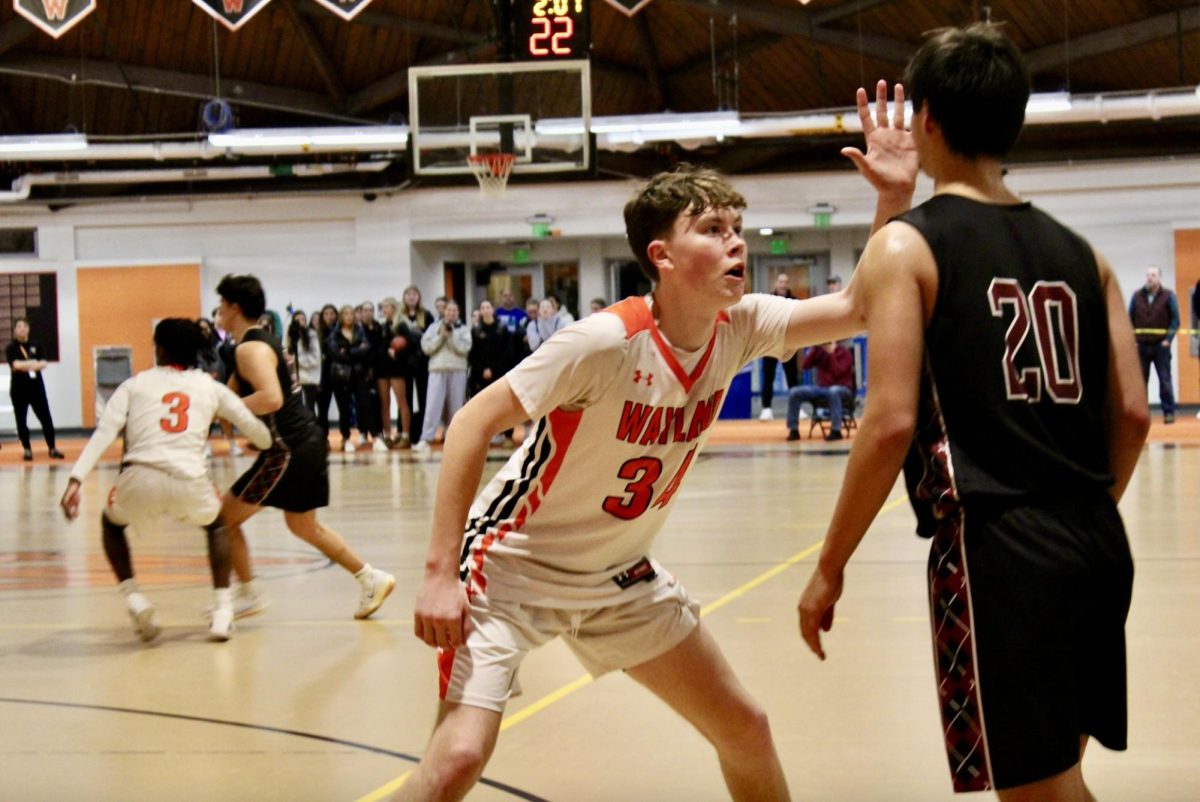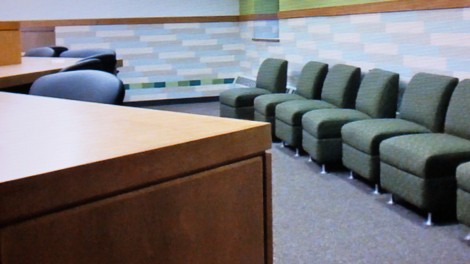
When I first heard that our eight-building campus was being condensed into two two-story buildings, I was disappointed. Despite the leaves that are tracked into the hallways and crushed into the carpets during the fall, the bitter cold and snow in the winter and the rain and mud of spring, I love the layout of our old school.
What I love most is the unique sense of freedom the open campus gives the student body. With so many buildings, students never feel trapped. Walking from building to building is always refreshing and clears the mind after a first block class. It’s a perfect five-minute break. Going outside to sit on the back hill with your English class hardly feels like school. It’s not like I come to school at 7:30 and say goodbye to the blue sky and sun for the next six and a half hours.
Then there are the frees. One whole hour when you can do homework, meet with teachers, eat or chat with friends in the Commons, the media center or at a picnic table. No one checking over your shoulder, marking you present or getting in your way. Students have more freedom because they are not constrained to one building, but can wander between eight.
At first, moving into a more traditional high school appeared to be an end to these freedoms. No more walking outside between each classes. No more frees where students can walk around campus. But after an impromptu tour of the new facilities with Principal Tutwiler, I’ll admit that I may have passed judgment too soon.
Spatially yes, the new school may make students feel more restricted because of the building layout. However, many attempts have been made to ease this feeling. Although we won’t be traveling outside in between classes anymore, the new school has many large windows, allowing natural light to filter into the buildings. Hallways are wider. On the second floor, the hallways have skylights to let extra light in.
If that’s not enough, the courtyard between the academic building and the administrative/arts building is not a far walk. Free blocks are not being altered from how they are currently being run.
The media center and the Commons are the two most common places where students who have frees pass their time on the current campus. This will probably remain true in the new school. The library was designed to be a place of collaboration. There are fewer study carrels and more tables. My favorite additions are the plush armchairs located near the back window looking into the woods.
The new school also introduces a new area for students to work during frees: Student Learning Centers (SLCs). Similar to mini teacher lounges, these four centers are spread throughout each wing of the school. SLCs will include armchairs and computers available for student use. These SLCs extend student freedoms by giving them more options of where to hang out during frees.
With regard to the open campus policy, the administration is not planning on making any changes to the current rules. That’s one more freedom that will remain unchanged by the move to the new school.
Some students have also expressed concern about restrictions on their cellphone use. The current policy says no cellphone use in academic buildings, thus still allowing students to use phones outside walking from class to class or in the Commons. In the new school, students will spend most of their time in the academic building and, according to the current policy, will be unable to use their phones. The administration is aware of this issue and is in the process of reviewing the policy.
Unforeseen issues will probably arise due to the move. It’s going to take a bit of time and patience for a new routine to develop, but with the faculty and the student body’s cooperation I have no doubt that a routine that satisfies both parties will emerge.
Switching schools will be a huge change, but losing their freedom is one thing students don’t have to worry about.

